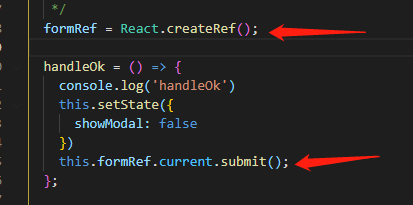My understanding is that the main difference between the two methods is that in "write-through" method data is written to the main memory through the cache immediately, while in "write-back" data is written in a "latter time".
We still need to wait for the memory in "latter time" so What is the benefit of "write-through"?
The benefit of write-through to main memory is that it simplifies the design of the computer system. With write-through, the main memory always has an up-to-date copy of the line. So when a read is done, main memory can always reply with the requested data.
If write-back is used, sometimes the up-to-date data is in a processor cache, and sometimes it is in main memory. If the data is in a processor cache, then that processor must stop main memory from replying to the read request, because the main memory might have a stale copy of the data. This is more complicated than write-through.
Also, write-through can simplify the cache coherency protocol because it doesn't need the Modify state. The Modify state records that the cache must write back the cache line before it invalidates or evicts the line. In write-through a cache line can always be invalidated without writing back since memory already has an up-to-date copy of the line.
One more thing - on a write-back architecture software that writes to memory-mapped I/O registers must take extra steps to make sure that writes are immediately sent out of the cache. Otherwise writes are not visible outside the core until the line is read by another processor or the line is evicted.
Let's look at this with the help of an example.
Suppose we have a direct mapped cache and the write back policy is used. So we have a valid bit, a dirty bit, a tag and a data field in a cache line.
Suppose we have an operation : write A ( where A is mapped to the first line of the cache).
What happens is that the data(A) from the processor gets written to the first line of the cache. The valid bit and tag bits are set. The dirty bit is set to 1.
Dirty bit simply indicates was the cache line ever written since it was last brought into the cache!
Now suppose another operation is performed : read E(where E is also mapped to the first cache line)
Since we have direct mapped cache, the first line can simply be replaced by the E block which will be brought from memory. But since the block last written into the line (block A) is not yet written into the memory(indicated by the dirty bit), so the cache controller will first issue a write back to the memory to transfer the block A to memory, then it will replace the line with block E by issuing a read operation to the memory. dirty bit is now set to 0.
So write back policy doesnot guarantee that the block will be the same in memory and its associated cache line. However whenever the line is about to be replaced, a write back is performed at first.
A write through policy is just the opposite. According to this, the memory will always have a up-to-date data. That is, if the cache block is written, the memory will also be written accordingly. (no use of dirty bits)
Write-Back is a more complex one and requires a complicated Cache Coherence Protocol(MOESI) but it is worth it as it makes the system fast and efficient.
The only benefit of Write-Through is that it makes the implementation extremely simple and no complicated cache coherency protocol is required.





